Modern Game Bantams – Poultry Fashion Models With a Fighting Spirit
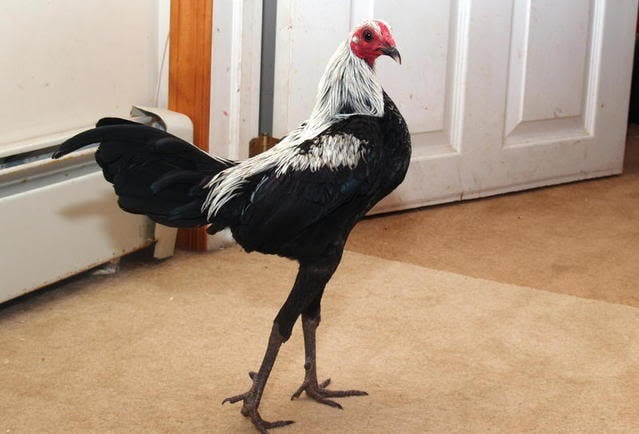
Because of their slender physique, incredibly long legs and upright pose, Modern Game Bantams are considered by many the fashion models of the poultry world, but few know that they also have a mean streak. Modern Game chickens take their name from the ‘old English game’, a chicken breed brought to the English Isles in […]
Swedish Startup Trains Crow to Pick Up Litter in Exchange for Food
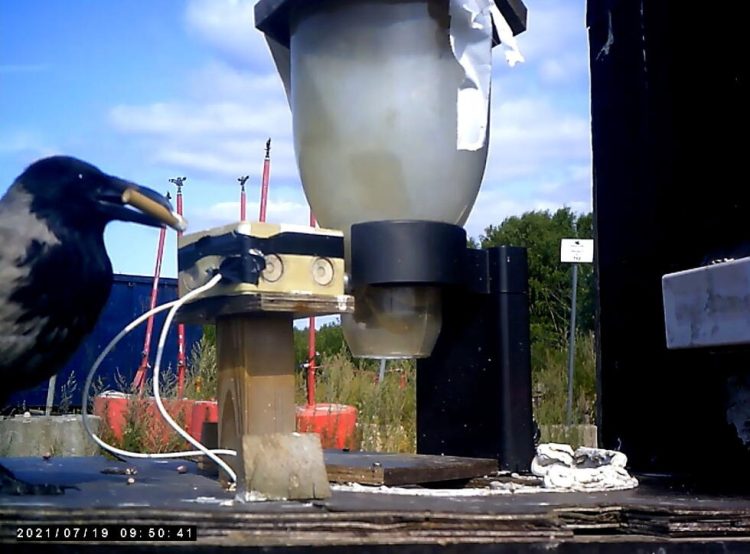
Corvid Cleaning, a Swedish startup specializing in training crows to pick up litter in exchange for food, claims that its program could save communities a fortune in cleaning costs. According to the Keep Sweden Tidy Foundation, over a billion cigarette butts are left on Sweden’s streets every year which represents about 62 percent of all […]
Owner of “World’s Fattest Cat” Battles Accusations of Animal Cruelty

The owner of a severely overweight feline that many have dubbed the world’s fattest cat is facing accusations of animal cruelty for allowing his pet to get so big. Lyznia the Cat, an Instafamous feline whose adorable face and unenviable figure have earned it over 10,000 followers on the popular social network, recently landed her […]
Latvia’s Iconic Blue Cows

Once driven close to extinction, the blue cows of Latvia, a proud symbol of the Baltic country, have been making a comeback over the last couple of decades. Originally found only on the Baltic coast in the Kurzeme region, cows with light blue or dark ultramarine hides can now be found grazing all over the […]
The Tamaskan – A Dog Bred to Look Like a Wolf But That Doesn’t Have Any Wolf in Its Lineage

The Tamaskan is a relatively new and rare breed of dog created with the specific purpose of mimicking the looks of a grey wolf without any genetic relation to the wild predator. In the 1980s, a group of British dog breeders set out on a mission to develop a new dog breed with a wolf-like […]
Canine Has Such Luscious Hair People Think It’s a Wig

Lola, a 3-year-old cocker spaniel from Leeds, in the UK, has a head full of stunning blonde hair that often stops people in their tracks asking themselves if she’s wearing a wig. Cocker spaniels are known for their beautiful curly locks, but Lola’s hair is special, even for this breed. Her lucky owner, 22-year-old Rebecca […]
Thai Dog Shelter Gives Paralyzed Strays a Second Chance at Life

The Man That Rescues Dogs, an animal shelter in Chonburi, Thailand, cares for over a thousand stray dogs, including a few paralyzed animals that get to run with the pack again, thanks to the care and attention of the staff. Michael J. Baines is the man behind The Man That Rescues Dogs. The Swedish national moved […]
Australian Parrots Are Getting Drunk on Fermented Mangoes
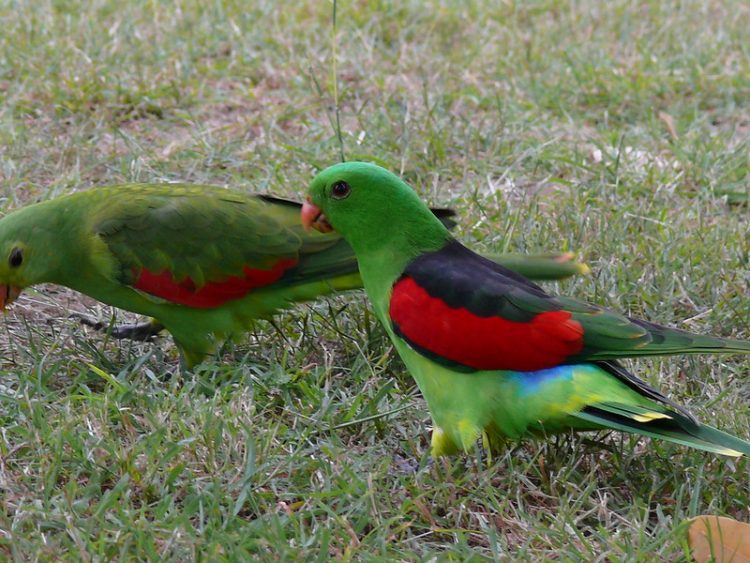
Red-winged parrots in Western Australia’s Kimberley region are reportedly “flying under the influence” and acting bizarrely after feasting on fermented mangoes. We may be putting on another layer of clothes in the northern hemisphere, but Down Under it’s the end of the mango season, and red-winged parrots are reportedly taking full advantage of the last […]
Chianina – The World’s Largest Domesticated Cattle Breed
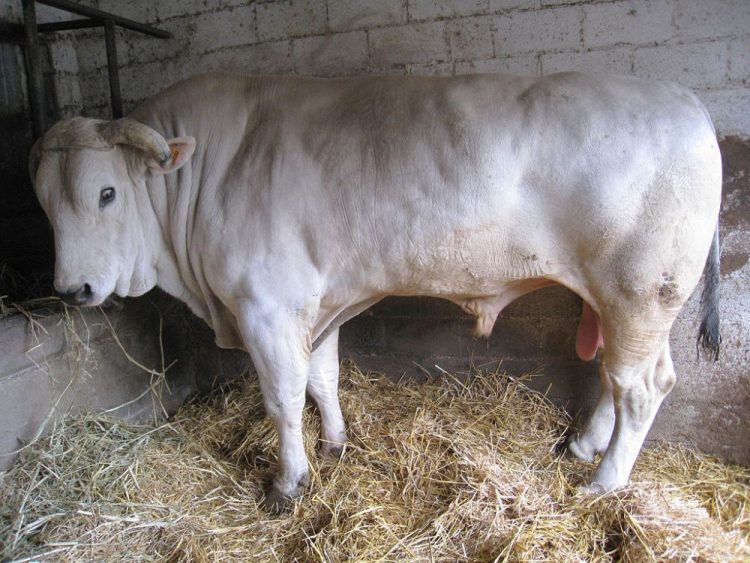
With a recorded history of at least 2,200 years, the Chianina is among the oldest known cattle breeds. But what it is most famous for is being by far the largest cattle breed on Earth. Remember Nickers, the giant Australian steer that shocked the world a few years back? You should, photos of this bovine […]
Cuban Painted Snails – Probably the World’s Most Beautiful Gastropods
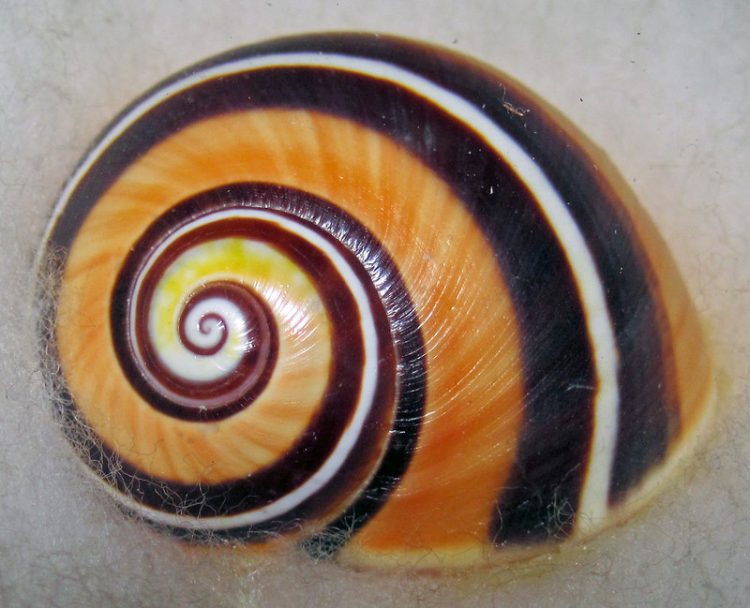
Out of the roughly 1,400 species of land snails that call Cuba home, the six species of the genus Polymita, fondly known as painted snails, are without a doubt the most eye-catching. When it comes to snail per se, there’s probably no beating the spectacular red-and-black contrast of the Malaysian fire snail, but as far […]
Mother Chases Leopard for Over a Mile, Fights It to Save Her Son
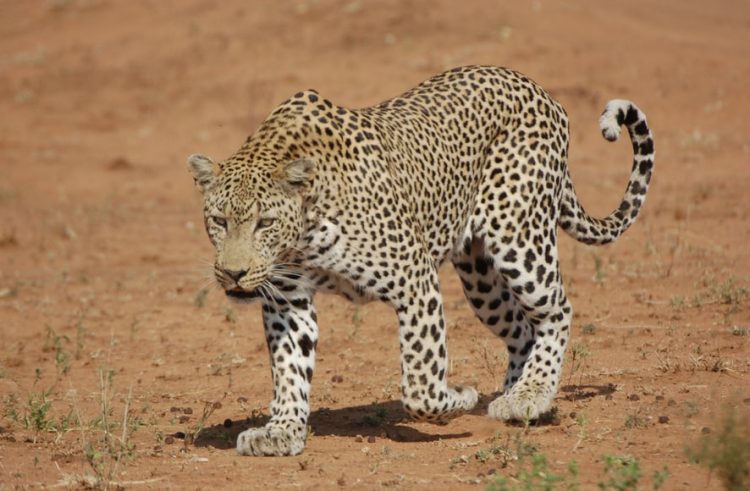
A brave Indian woman reportedly chased after a leopard for over a mile, fighting it with her bare hands in order to rescue her young son from its claws. The woman, identified as Kiran Baiga, from Badi Jhiriya tribal village, in the Indian state of Madhya Pradesh, was reportedly sitting outside her hut with her […]
This Weird Parasite Is The Only Known Animal That Can Survive Without Oxygen
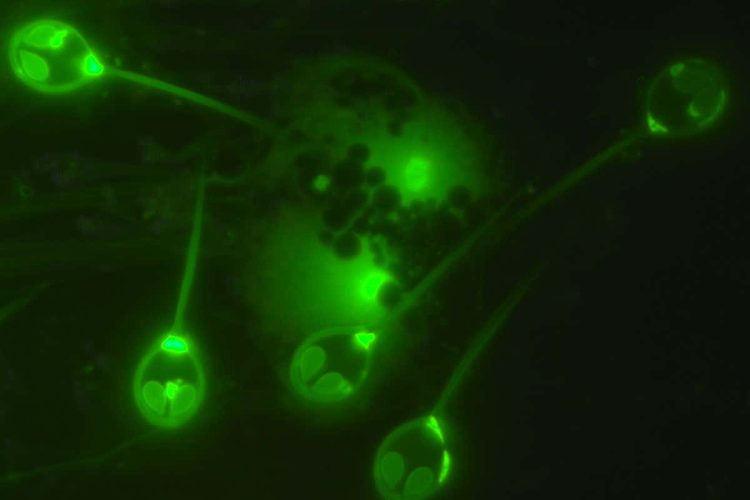
Henneguya salminicola, a tadpole-like parasite that infects salmon, has a rather unique superpower – it can survive without oxygen. When examining Henneguya salminicola, researchers noticed something really strange: the microscopic parasite appeared to have no mitochondrial genome. The mitochondria, commonly known as “the powerhouses of the cell”, are organelles that rely on oxygen in order to […]
Vulture Bees Feed on Dead Flesh Rather Than Nectar, Still Produce Sweet Honey
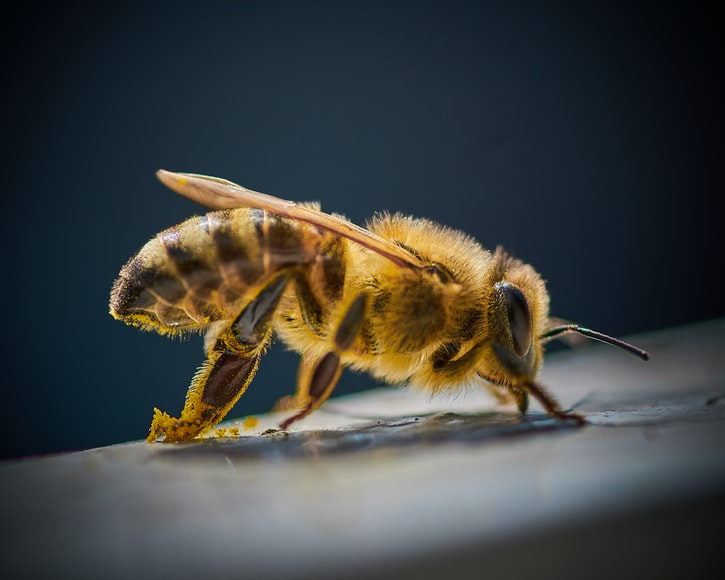
While the vast majority of bee species rely on the pollen and nectar of flowers for nutrients, a few so-called “vulture bees” have evolved to feast on carrion, just like vultures or hyenas. It was only a few decades ago that entomologists made the rather staggering discovery that not all bees feed on pollen and […]
Shocking Photos Reveal How Finnish Fur Farms Fatten Up Arctic Foxes For Profit
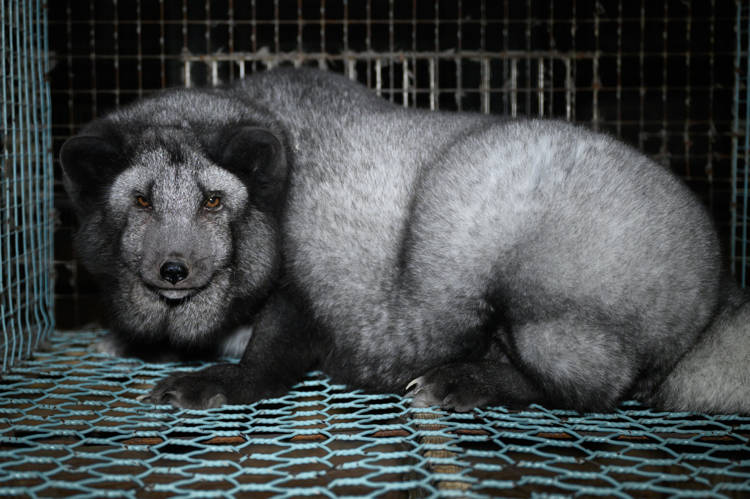
Finland is Europe’s largest producer of fox fur, but undercover investigations have repeatedly shown that arctic fox farms engage in dubious practices, such as fattening the animals until they become deformed, just to increase their fur yield. Despite a concentrated effort by PETA and many high-profile celebrities to deter the general public from buying natural […]
Theme Park Visitor Seriously Injured by Crocodile He Mistook for Plastic Prop
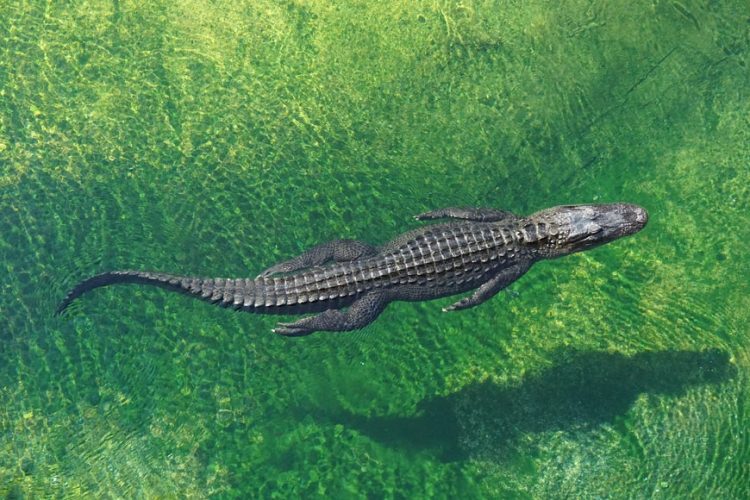
In what can be described as one of the weirdest accidents of the year, a Filipino man was seriously hurt by a crocodile after climbing down into a pool to take a selfie with it, thinking it was just a realistic plastic model. 68-year-old Nehemias Chipada was visiting the Amaya View amusement park in Cagayan […]
